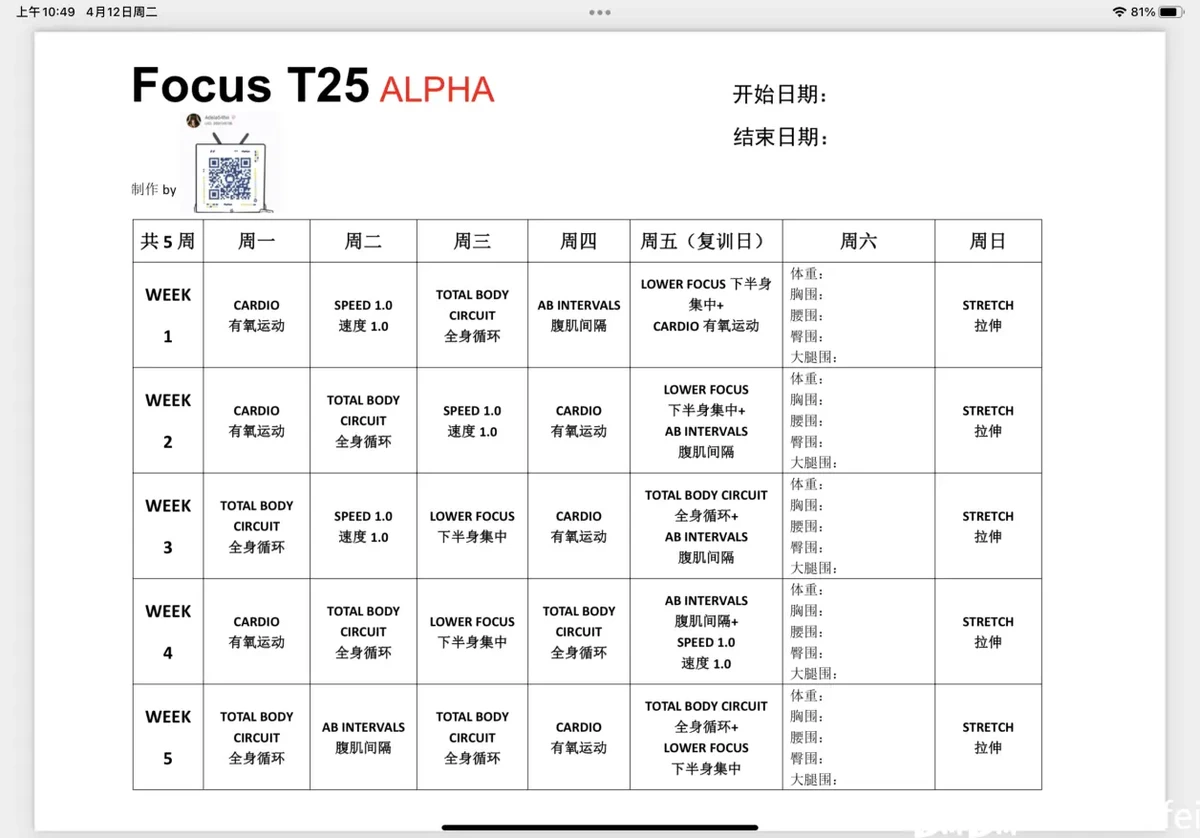


Introduction
In the world of day trading, the term alpha is often thrown around, but not everyone fully understands what it means, especially for those new to the trading game. In simple terms, alpha represents the excess return that a trading strategy or investment generates compared to a benchmark, like an index or a risk-free rate. Day traders focus on capturing alpha by making short-term trades that generate consistent, above-market returns.
This article will break down what alpha is, how it is calculated for day traders, why it’s important, and provide strategies and tools to maximize alpha in your trading approach. By understanding alpha, day traders can sharpen their skills and refine their strategies to increase profitability. Additionally, we’ll compare two popular methods of achieving alpha, weigh their advantages, and recommend the most effective approach.
What is Alpha in Day Trading?
In trading, alpha is a measure of a strategy’s ability to generate returns that exceed the market’s benchmark (usually an index like the S&P 500 or the Dow Jones Industrial Average). For day traders, alpha refers to the ability to generate profits consistently above what would be expected based on market movements and risk factors.
Key Components of Alpha:
Excess Return: Alpha captures the return beyond what would be predicted by the market.
Benchmark Comparison: It is always measured relative to a benchmark, such as an index or the risk-free rate.
Risk-Adjusted: Alpha is usually adjusted for the risk taken. A strategy with high alpha and low risk is the ideal scenario.
How Alpha Applies to Day Trading:
For day traders, alpha represents the ability to make short-term, market-beating trades consistently. Day traders seek to identify price movements within a single day, taking advantage of volatility. The goal is to exploit small inefficiencies in the market, using tools such as technical analysis, momentum indicators, and market sentiment to drive their strategies.
How to Calculate Alpha in Day Trading
Calculating alpha for day traders follows the same basic principles as for investors, but with a shorter time frame and more dynamic metrics. The alpha formula typically looks like this:
Alpha=Actual Return−(Risk-Free Rate+β×(Benchmark Return−Risk-Free Rate))
Alpha=Actual Return−(Risk-Free Rate+β×(Benchmark Return−Risk-Free Rate))
Where:
Actual Return is the return your strategy or portfolio generated.
Risk-Free Rate is the return from a safe investment, like Treasury bills.
Beta measures your portfolio’s volatility in relation to the market.
Benchmark Return is the return of the index you are comparing to, like the S&P 500.
In day trading, you’ll need to track the performance of each trade and compare it to a suitable benchmark, usually a major market index or a sector-specific index.
Example Calculation:
Imagine a day trader using a strategy that returns 2% over a day, and the S&P 500 index returns 1.5% on the same day. If the risk-free rate is 0.05%, and the trader’s portfolio is not overly volatile (beta = 1), the trader’s alpha would be:
Alpha=2%−(0.05%+1×(1.5%−0.05%))=2%−1.45%=0.55%
Alpha=2%−(0.05%+1×(1.5%−0.05%))=2%−1.45%=0.55%
Thus, the trader generated 0.55% excess return above what would be expected given the benchmark return.
Strategies to Generate Alpha for Day Traders
There are two primary methods day traders use to generate alpha: technical analysis-based strategies and fundamental-based strategies. Both can work in different market conditions, but their effectiveness depends on the trader’s skills, tools, and market awareness.
- Technical Analysis-Based Strategies
Technical analysis is the study of historical price movements and trading volumes to predict future price trends. For day traders, it involves identifying patterns, trends, and signals that indicate profitable trading opportunities over short time frames.
Key Technical Indicators for Day Traders:
Moving Averages: Smooth out price data to identify the direction of the trend.
Relative Strength Index (RSI): Measures whether an asset is overbought or oversold, helping predict potential reversals.
MACD (Moving Average Convergence Divergence): Tracks momentum and trend-following signals.
Bollinger Bands: Help identify volatility and potential breakouts or breakdowns.
Example of Technical Strategy:
A momentum strategy in day trading could use RSI and MACD to enter long positions when the asset is oversold and showing upward momentum or to short when the asset is overbought and showing signs of a reversal.
- Fundamental Analysis-Based Strategies
Although fundamental analysis is more commonly associated with long-term investing, some day traders use it to analyze the financial health of a company or asset, especially in volatile markets like cryptocurrencies or small-cap stocks.
Key Fundamental Indicators for Day Traders:
Earnings Reports: Can create volatility, providing profitable opportunities for traders.
Economic Indicators: CPI, unemployment rates, and interest rates can impact short-term price movements.
News Events: Major headlines or announcements can lead to price spikes or dips.
Example of Fundamental Strategy:
A news-based strategy involves monitoring headlines and using fast decision-making algorithms to react to earnings reports or government policy changes. Traders often employ news sentiment analysis to gauge market reactions to announcements.
Comparing Technical vs. Fundamental Strategies for Alpha Generation
Both technical and fundamental strategies aim to generate alpha, but they differ significantly in approach and application. Let’s explore their differences:
Technical Analysis:
Pros:
Focused on short-term trends and patterns.
Provides clear entry and exit signals.
Works well for high-frequency trades.
Cons:
Can be subjective, as patterns are open to interpretation.
May not account for external factors such as news or market sentiment.
Fundamental Analysis:
Pros:
Can uncover long-term value discrepancies.
Useful for trading around major events or earnings reports.
Cons:
More time-consuming, especially for high-frequency traders.
Can lead to holding positions longer than typical day traders would prefer.
Which is Best for Day Traders?
While both methods can work, technical analysis is typically preferred by day traders due to its ability to capture short-term price movements efficiently. Fundamental analysis, on the other hand, can offer opportunities during earnings season or around significant news events but requires deeper analysis and may not always provide quick results.
How to Improve Your Alpha as a Day Trader
Improving your alpha as a day trader requires continuous learning, practice, and a disciplined approach to risk management. Here are some practical tips to increase your alpha:
- Use Automation Tools
Implement algorithmic trading strategies to automate trade execution and remove emotional bias. Tools like TradeStation, MetaTrader, and QuantConnect allow you to backtest and optimize strategies, providing a systematic approach to generating alpha.
- Refine Your Risk Management
Alpha can only be maximized when risk is properly managed. Use techniques like position sizing, stop-loss orders, and portfolio diversification to protect your capital while maximizing potential returns.
- Stay Updated with Market News
Use real-time news feeds and sentiment analysis to stay ahead of market-moving events. Services like Bloomberg Terminal or Reuters can provide critical insights that impact short-term price movements.
- Optimize Trading Strategies with Machine Learning
Leverage machine learning algorithms to analyze past market data and identify patterns that are not immediately obvious. Tools like Python and libraries such as TensorFlow and Scikit-learn can help develop predictive models that enhance alpha generation.
FAQ
- What is the difference between alpha and beta in day trading?
Alpha measures the excess return generated by a strategy over a benchmark, indicating how well the trader performed compared to the market.
Beta measures the volatility or risk of a portfolio relative to the overall market. A higher beta means the portfolio is more volatile than the market.
- Can I generate alpha consistently in day trading?
Yes, but consistently generating alpha requires a well-structured strategy, disciplined risk management, and continuous refinement. While some strategies may generate alpha for a while, market conditions change, so staying adaptable is key to long-term success.
- How can I measure the success of my day trading strategy?
Track your alpha regularly. If you consistently outperform your benchmark after adjusting for risk, then your strategy is likely successful. Additionally, using tools like Sharpe ratio and Sortino ratio can help assess the risk-adjusted returns of your strategy.
Conclusion
Alpha is the holy grail for day traders who want to consistently outperform the market. By leveraging technical or fundamental strategies, automating trade execution, and maintaining a disciplined risk management approach, you can maximize your alpha and position yourself for success in the highly competitive world of day trading.
| Aspect | Key Points |
|---|---|
| Definition of Alpha | Excess return of a strategy over a benchmark like an index |
| Components of Alpha | Excess return, benchmark comparison, risk-adjusted |
| Alpha in Day Trading | Short-term, above-market profits using volatility and market inefficiencies |
| Alpha Calculation | Alpha = Actual Return − (Risk-Free Rate + β × (Benchmark Return − Risk-Free Rate)) |
| Technical Strategies | Use price patterns, trends, indicators like RSI, MACD, Bollinger Bands |
| Fundamental Strategies | Use earnings reports, economic indicators, news events |
| Technical Pros & Cons | Pros: fast, clear signals; Cons: subjective, ignores external factors |
| Fundamental Pros & Cons | Pros: uncover value, event-based; Cons: slower, may hold positions longer |
| Preferred Method for Day Traders | Technical analysis for short-term trades; fundamental for news/events |
| Improving Alpha | Use automation, risk management, market news, machine learning |
| Alpha vs Beta | Alpha: excess return; Beta: portfolio volatility relative to market |
| Measuring Success | Track alpha consistently; use Sharpe and Sortino ratios |
| Key Goal | Consistently outperform benchmark using disciplined, data-driven strategies |

0 Comments
Leave a Comment